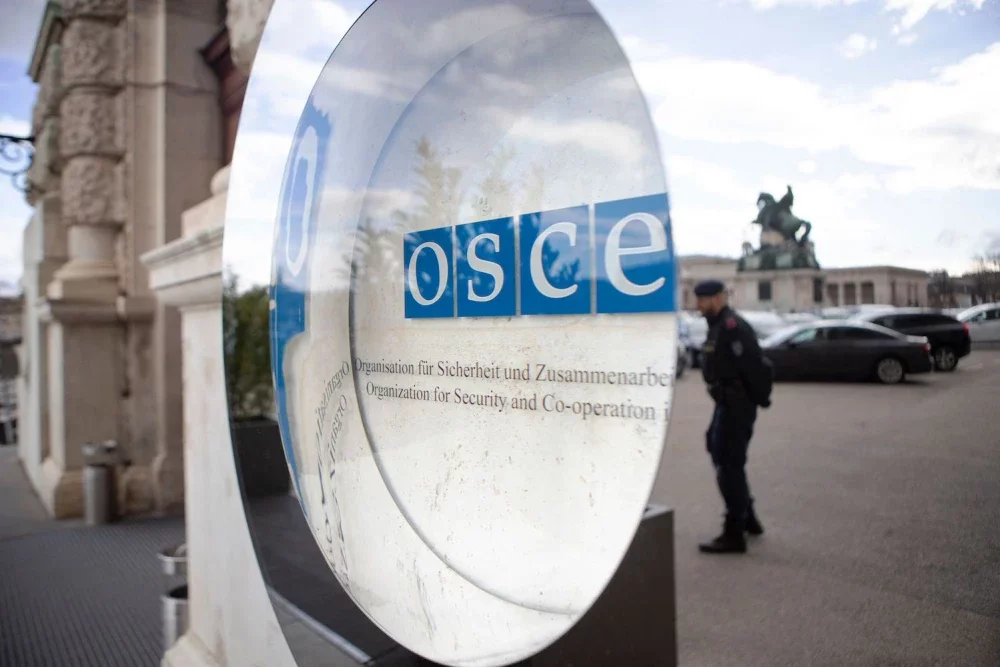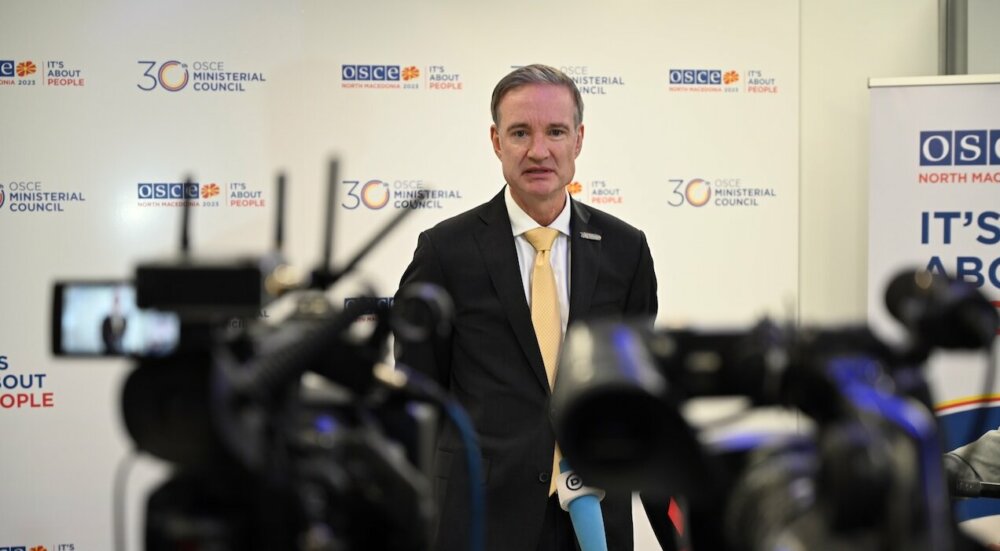For a Balanced Peace: First Steps out of the Security Deadlock in (Eastern) Europe
What has to be done to transform a severe crisis in Ukraine into a stable modus vivendi and subsequently into a starting point for a sustainable security and peace order in Europe?
It seems naive and also foolish to wait and hope for a “Big Deal” between the USA and Russia. The Minsk II Agreement and the accompanying European consultation format “Normandy Four” exist and have the necessary design to work towards a peaceful solution. The potential for the political revitalization of the Minsk II Agreement is by no means exhausted. What is necessary in our view is a step-by-step strategy that involves a regionalization of the trilateral contact group as a first building block of a transitional power-sharing in Donbas, providing a basis for further orientation towards a balanced and therefore stable peace in Europe.
- The existing European security and peace order has revealed major cracks in the course of the Ukraine conflict. Unlike during the Cold War, the complex diversity of actors with numerous divergent interests makes a simple rapprochement in this conflict difficult.
- The Minsk-II Agreement offers the only written codified conflict-solving mechanism, which currently includes all the actors involved in the Normandy format. It is therefore necessary to work on a revitalization of this agreement.
- For years, an erosion of trust between the Russian Federation and the EU / NATO has been evident. Trust does not simply come back spontaneously, but is regained through concrete effort. Not a major undertaking but small steps, leading to islands of cooperation, could be the way out – to achieve a balanced peace with a more inclusive and stable European security and peace order.
To read the publication by Reinhard Krumm, Alexandra Vasileva and Simon Weiss from Friedrich Ebert Stiftung , please click on the following link: http://library.fes.de/pdf-files/id-moe/13591.pdf



Comments
* Your email address will not be published